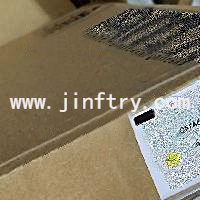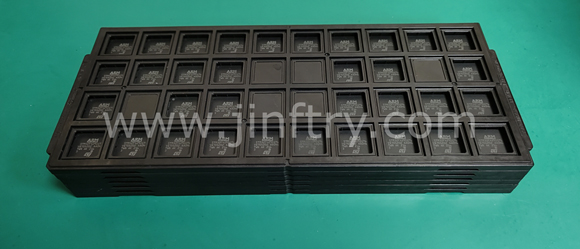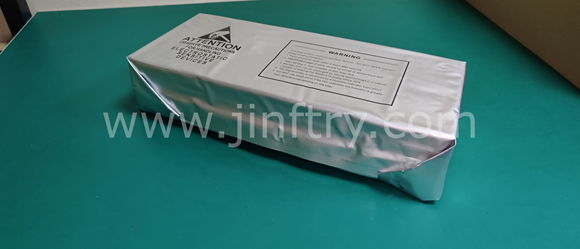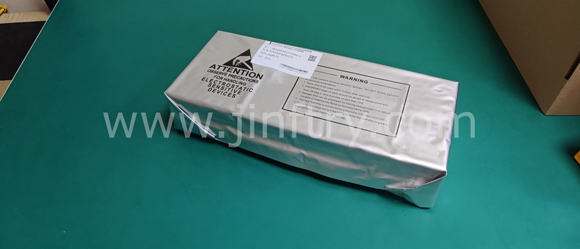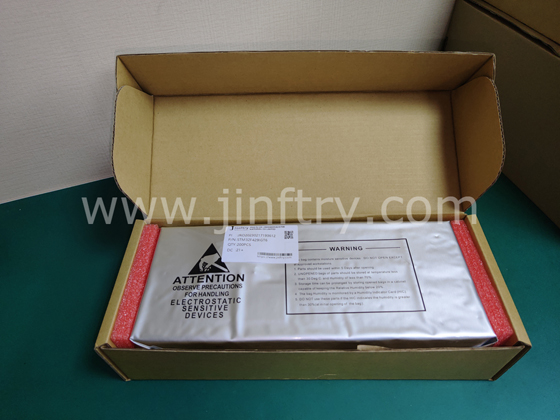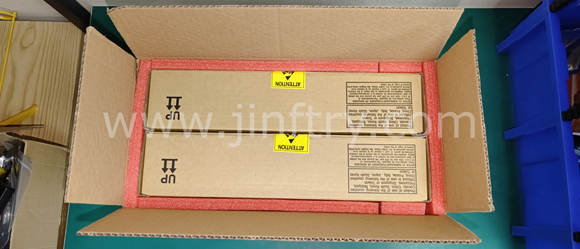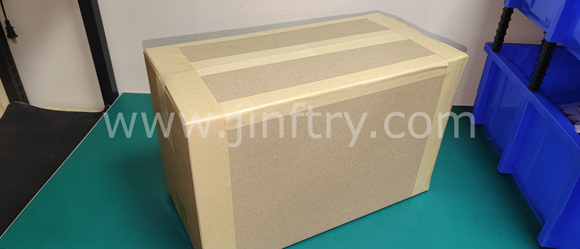ACA3108E22-19PB Product Introduction:
Amphenol Industrial Operations Part Number ACA3108E22-19PB(Circular Connectors), developed and manufactured by Amphenol Industrial Operations, distributed globally by Jinftry. We distribute various electronic components from world-renowned brands and provide one-stop services, making us a trusted global electronic component distributor.
ACA3108E22-19PB is one of the part numbers distributed by Jinftry, and you can learn about its specifications/configurations, package/case, Datasheet, and other information here. Electronic components are affected by supply and demand, and prices fluctuate frequently. If you have a demand, please do not hesitate to send us an RFQ or email us immediately sales@jinftry.com Please inquire about the real-time unit price, Data Code, Lead time, payment terms, and any other information you would like to know. We will do our best to provide you with a quotation and reply as soon as possible.
Circular Connectors are electrical connections with a circular interface shape. It is usually composed of two parts, plug and socket, through rotation or push and pull to achieve docking, so as to establish the transmission channel of electrical signals. Circular connectors are often designed with a focus on tightness, durability and multi-pin configurations to meet electrical connection needs in a variety of complex environments. Its shell is mostly made of metal or high-performance plastic materials, and the interior contains key components such as precision contact terminals, insulators and locking mechanisms to ensure stable and reliable connection.
Application
Circular Connectors play an important role in several areas. In the aerospace field, circular connectors are an indispensable part of the electrical systems of aircraft, satellites and other aircraft, and are used to achieve high reliability connections between various system modules. In the field of industrial automation, with the rapid development of intelligent manufacturing, circular connectors are widely used in robots, automation equipment, control systems and other occasions to provide stable electrical connection solutions for industrial automation production. In addition, in the fields of Marine engineering, shipbuilding, new energy vehicles, medical equipment and other fields, circular connectors are also favored for their waterproof, dustproof, corrosion resistance and other characteristics.
FAQ about Circular Connectors
-
1. What is a circular connector
A circular connector is a cylindrical electronic connector with a circular mating surface. It belongs to the fifth category of the interconnection classification and is mainly used for interconnection between devices. The design of circular connectors includes many types, such as low-frequency circular connectors, RF coaxial connectors and audio connectors, etc., with a wide operating temperature range from -55℃ to +150℃.
-
2. How to wire a circular connector
1. Insert the wire into the pin hole inside the connector to ensure that the metal conductor is in full contact with the pin.
2. Use wire twisters to tighten the screws or clips on the connector to ensure good and firm contact between the connector and the wire.
3. Check if there is any exposed metal surface on the connector. If necessary, re-strip it.
4. Wrap the connected wires with electrical tape to prevent loosening or short circuit problems.
-
3. How to remove a circular electrical connector
1. Loosen the locking ring. To remove a circular electrical connector, you first need to loosen the locking ring;
2. Remove the sealant. There is a sealant on the connector, which needs to be removed first.
3. Remove the terminal. First, loosen the terminal fastening or open the slot, and then carefully separate the plug and the socket;
-
4. What is the definition of a connector?
Connector, that is, CONNECTOR. It is also called connector, plug and socket in China. Generally refers to an electrical connector. That is, a device that connects two active devices to transmit current or signals. Connectors are a component that our electronic engineering technicians often come into contact with.
 Lead free / RoHS Compliant
Lead free / RoHS Compliant



